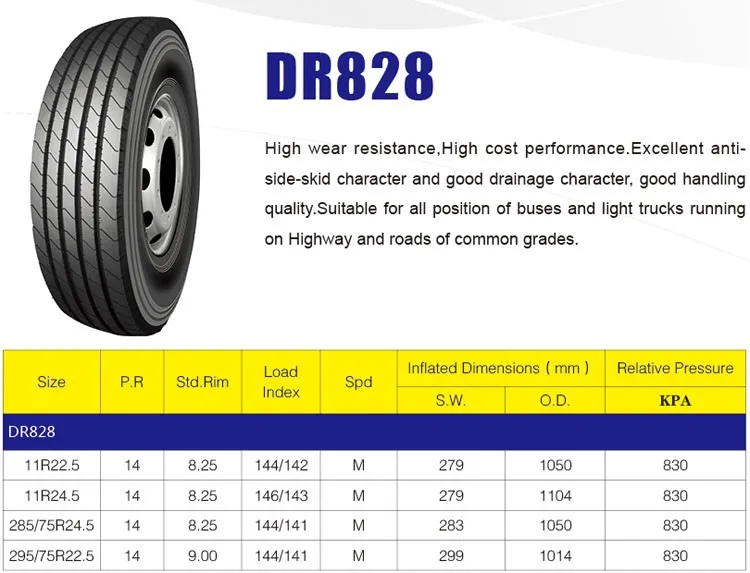Did you know 90% of large trucking fleets use semi truck retread tires in their operations? That’s because they’re both cost-efficient and environmentally friendly solutions to extend the life of semi truck tires.
While retread tires are nothing new, the process has been perfected over the last 100 years to produce high-quality tires that rival their new counterparts. So if you manage a fleet, be sure to learn more about retread tires to decide if they’re right for your business.
As one of the industry leaders, TAFS assists trucking companies to increase cash flow with some of the lowest factoring rates in the industry and 1-Hour Advance option.
Retreading is an excellent way to give old tires new life. Through a remanufacturing process, tire casings are fitted with new treads, saving both money and material.
There are a few simple steps tire technicians take to retread semi tires:
While it’s technically possible to retread automotive tires, it doesn’t make financial sense with new auto tires being reasonably inexpensive.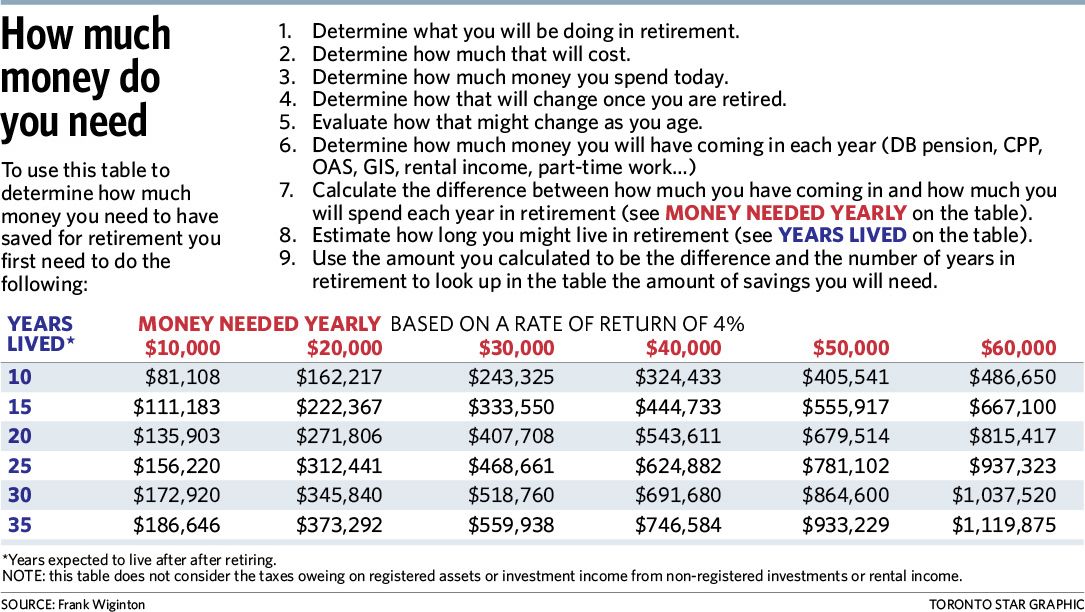 However, this is far from the case for semi tires.
However, this is far from the case for semi tires.
Besides being a cost-saving strategy for trucking fleets, retread tires extend the life of tires and are more eco-friendly than their new counterparts. Still, there are many questions to be answered about retread semi tires.
Semi truck tires need to be replaced approximately every three to six years. However, the mileage covered, types of terrain driven, and type of tires all impact the longevity of semi tires.
Yes, it’s possible to buy retread tires. While many trucking fleets choose to retread their old tires, plenty of tire retreaders are selling them.
As of 2018, the average cost of retreading a tire is around $165, not including the casing. With new semi truck tires costing about $500, you can retread your fleet’s old tires for roughly a third of the cost of buying new!
Typically, you can retread tires two or three times. Proper maintenance is key for preserving casings for multiple retreads.
Proper maintenance is key for preserving casings for multiple retreads.
Yes! Retreading semi tires is an excellent way for your trucking fleet to save money and be environmentally friendly simultaneously.
When looking to retread tires, there are a few factors you should consider to ensure your tires meet your company’s rigorous standards.
While retread tires are significantly less expensive than new tires, they can still be costly. And while you can extend the life of tires through retreading, eventually, you will need to replace them. So be sure to weigh both price and value when deciding to retread and choosing a retread center.
A tire casing is the main body of a tire and is the foundation that the tread sits on. Only casings that pass inspection can be retreaded, so you may buy a new casing even when you want to retread your tires.
Retread tires often get a bad rap, with many people considering them less reliable than new tires.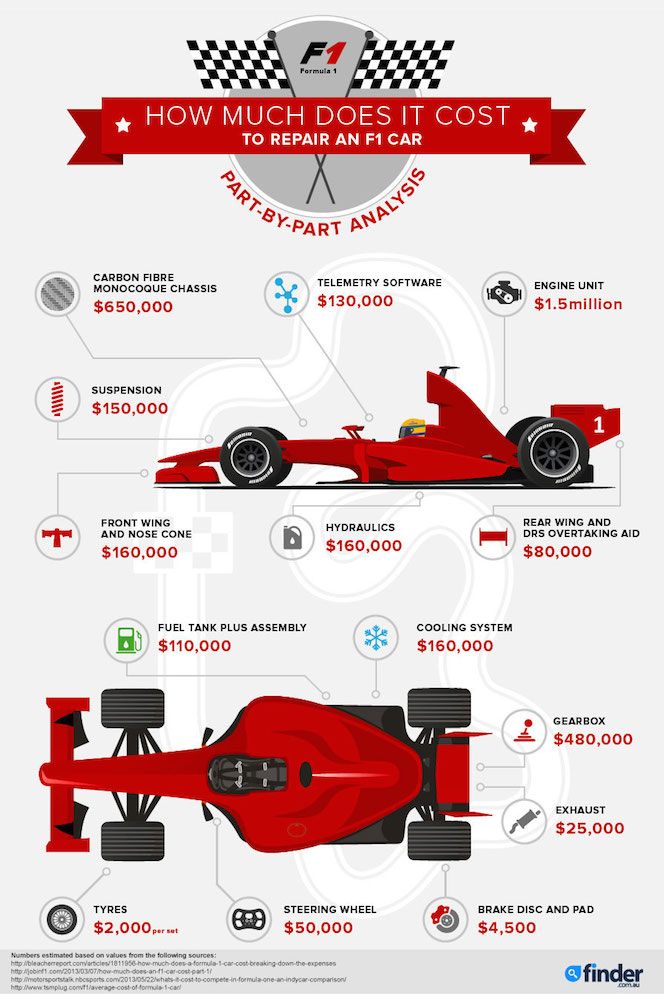 Fortunately, that’s not the case, with retread tires being no more dangerous than new tires! However, choosing a certified, reputable retread tire company is essential for your safety and the safety of others on the road.
Fortunately, that’s not the case, with retread tires being no more dangerous than new tires! However, choosing a certified, reputable retread tire company is essential for your safety and the safety of others on the road.
Proper maintenance and monitoring are vital both for safety and for extending the life of your tires. This is still the case with retread tires!
Be sure your retread tires are properly inflated to the manufacturer’s specifications, check tread depth weekly, and watch for signs of misalignment. Through proper retread tire maintenance, you can significantly improve driver safety.
Selecting the right semi truck retread tires is influenced by several factors specific to your fleet. Besides finding a reliable and educated professional to retread your tires, the retreader must understand your application needs based on cargo types, geographic location, amount of drive time, and driving styles.
Trucking fleet managers have a lot to consider regarding their trucks. With every one of their decisions affecting truck driver’s daily life, it’s no wonder many are stumped choosing between new semi tires and retreads.
With every one of their decisions affecting truck driver’s daily life, it’s no wonder many are stumped choosing between new semi tires and retreads.
Brand-new tires are great. They’ve never been used before, so there is no risk of having quality issues leftover from a previous life. Many drivers also find new semi truck tires to have more cushion and higher performance. However, with new semi tires costing between $400-$600 each, the price can quickly add up.
On the other side of the coin are semi truck retread tires. They can use the original tire casing, saving money and resources. They are also held to the same standard as new tires for quality. In contrast to the high price of new semi tires, retread semi tires are usually $150-$200!
If you’re looking to replace semi tires for your trucking fleet, consider retreads! Not only can you save money by extending the life of your tires, but you can reduce your company’s impact on the environment at the same time.
Sign up for a FreightWaves e-newsletter to stay informed of all news and trends impacting supply chain careers and operations.
The US car market is known for an overwhelming number of trucks which means that trucks are the preferred method of transportation for many Americans. The best-sold car in the US for decades now is the Ford F150 while the Chevrolet Silverado, the Dodge RAM, the GMC Sierra, and the Toyota Tacoma are all in the top 10.
This means that the US market is in demand for truck tires more than any other market in the world. We are going to tell you how much truck tires cost, which ones you should buy, and why.
According to a bunch of credible sources, a run-of-the-mill, all-season truck tire tends to cost between $50 and $350. The average price paid for a truck tire in the US is between $100 and $250, but this includes new trucks, old trucks, light trucks, and heavy-duty trucks. Some trucks are better off with premium tires which can cost $500 or more per tire.
Some trucks are better off with premium tires which can cost $500 or more per tire.
On the other hand, if you own an older truck, one you don’t use as a daily driver, or you don’t drive it at high speeds, you can also buy a cheaper tire and save some money in the process.
The perfect tire for your truck is one that complements the manner in which you tend to use your truck. This means that you need to decide what you value the most. This way you will always be able to buy the perfect set of tires that will give you the best possible driving experience for your truck.
Best truck tires:
The Michelin Defender LTX M/S is a tire that needs no further introduction if you know anything about tires.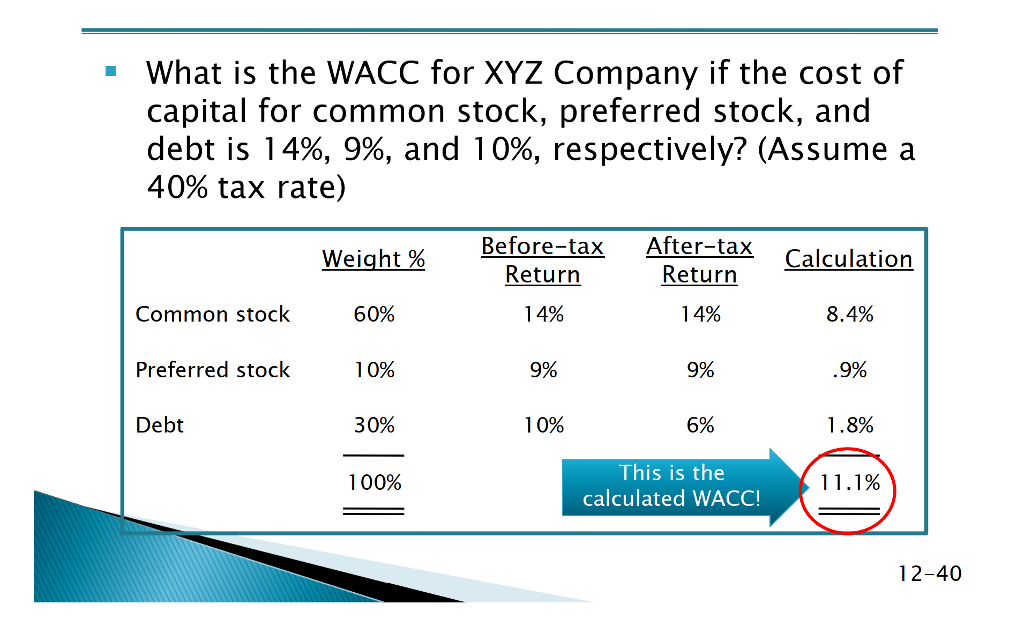 The Defender LTX M/S is a tire that combines state-of-the-art technologies such as the durable EverTread compound and 3D sipes in order to give you the best possible traction levels while also being durable, quiet, and long-lasting.
The Defender LTX M/S is a tire that combines state-of-the-art technologies such as the durable EverTread compound and 3D sipes in order to give you the best possible traction levels while also being durable, quiet, and long-lasting.
The Michelin Defender LTX M/S is the best overall tire you can get for a modern-day truck because it manages to offer decent performance in virtually all segments. Snow performance is adequate which means that you will have to upgrade to a set of winter/snow tires only if you live in a really snow-dominated region.
What Is The Best Truck All-Terrain Tire?Picking the best truck all-terrain tire is an extremely difficult thing to do because there are so many great options out there. The BF Goodrich KO2 is an all-terrain truck tire heavyweight, the Toyo Open Country A/T II offers impressive value, but the Goodyear Wrangler All-Terrain is our pick because it complements a truck like no other all-terrain tire.
The Goodyear Wrangler series uses Kevlar in its construction which means that the tire is extremely durable. The symmetric tread pattern tackles mud, snow, and slush really well while also providing decent comfort while on a highway. The Goodyear Wrangler All-Terrain is a tire that offers tremendous all-terrain performance, but without compromising on daily driving comforts.
The symmetric tread pattern tackles mud, snow, and slush really well while also providing decent comfort while on a highway. The Goodyear Wrangler All-Terrain is a tire that offers tremendous all-terrain performance, but without compromising on daily driving comforts.
Let’s face it, we love our trucks and everything they can do, but we still usually spend most of our driving time on a highway. Modern-day trucks have become so user-friendly that it is often easy to mistake them for luxury SUVs. This means that trucks are now perfect daily drivers which can offer pleasant experiences even on long-distance highway journeys.
This is where the Continental TerrainContact A/T tire comes in because it offers you a solid all-terrain basis, but it still prioritizes comfort and a silent ride. This tire also has a decently low rolling resistance for what it is which benefits your fuel efficiency. It does not perform the best in extreme off-roading or snow driving, but that is to be expected from a highway tire.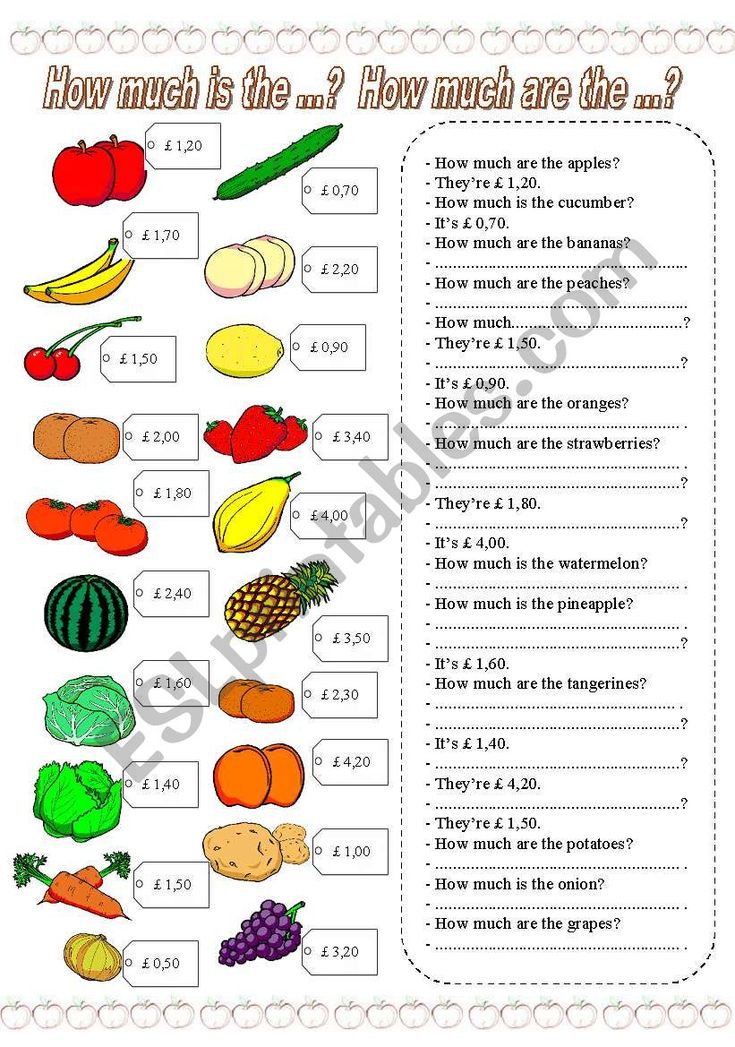
In order to know which tire is perfect for a truck, we first need to discuss trucks. Trucks are large, heavy, and fuel-thirsty which means that everyone would benefit from a fuel-saving tire. Moreover, trucks tend to go in places where most cars don’t which means that all-season capability is the very minimum while your best choice is often a comfortable all-terrain tire.
Many people also love hauling and towing with their trucks which means that a good tire for that occasion needs to be able to withstand all the stresses that come with that. As such, Kevlar-reinforced tires such as the Goodyear Wrangler All-Terrain are a good choice. Everyone prefers tires that come with long warranty coverage, especially truck drivers who make the most out of their trucks.
Trucks come with a high ground clearance which means that they are designed for snow use as well. This also brings us back to all-season and all-terrain tires. Performance trucks are a minority at the moment which means that high-performance tires aren’t really all that popular for trucks.
As such, we can say that a good truck tire is: durable, capable of traversing challenging terrain, comfortable, benefits from various fuel-saving technologies and can tow and haul without any issues.
According to research done by Consumer Reports back in 2019, the average tire price for sedans, hatchbacks, minivans, and coupes was $137. SUV buyers were willing to spend $162 per tire while truck drivers were willing to pay $175 per tire. It’s reasonable to think that SUV and truck tires cost more than passenger car tires, but truck drivers also paid more than SUV drivers, why?
There are a few reasons why truck tires tend to be the most expensive ones. First of all, even light trucks aren’t all that particularly light while many SUVs are compact, and therefore lightweight. This means that those SUVs tend to lower the average price of an SUV tire as such tires aren’t too different from regular small passenger car tires.
An average light truck weighs around 4,000 to 4,700 pounds while compact SUVs typically weigh under 3,000 pounds. Heavy duty trucks can often weigh upwards of 7,000 pounds while large SUVs such as the Chevrolet Suburban weigh up to around 5,600 pounds.
To top it all off, many trucks use dual tires with up to four steel belts while regular SUV tires rarely exceed two steel belts per tire. Truck tires also tend to be larger, beefier, and oftentimes, simply heavier.
The necessity for premium tires can be viewed from many different perspectives. First of all, if you own a modern-day truck you use as a daily driver, it makes perfect sense to go for premium tires are premium tires do offer better performance. If you tend to take your truck off-roading often, you should also invest in premium tires as they are going to keep you and your truck safe at all times.
Some trucks such as the Ford F150 Raptor or the Dodge RAM TRX are better off with performance tires as these trucks are designed for performance. All in all, it all depends on how you use your truck, but you also need to be aware that non-premium tires will never offer you the best performance you can get from your truck.
All in all, it all depends on how you use your truck, but you also need to be aware that non-premium tires will never offer you the best performance you can get from your truck.
The answer to this question is really similar to the one above – it all depends on how you use your truck. Of course, your budget will always play a deciding role in buying anything, but sometimes it makes more sense to go for premium tires while at other times it makes sense to save some money and go for cheaper tires.
First of all, if you own an older truck you simply don’t drive often or at higher speeds, there is no need for you to invest in premium tires. Furthermore, if you own multiple cars for multiple purposes, you can save money on truck tires by not opting for certain tire features. For example, you don’t have to go with long-lasting tires if you aren’t driving your truck all that often.
You will have to replace your tires either after a few years or after you cross a certain amount of miles, whatever comes first.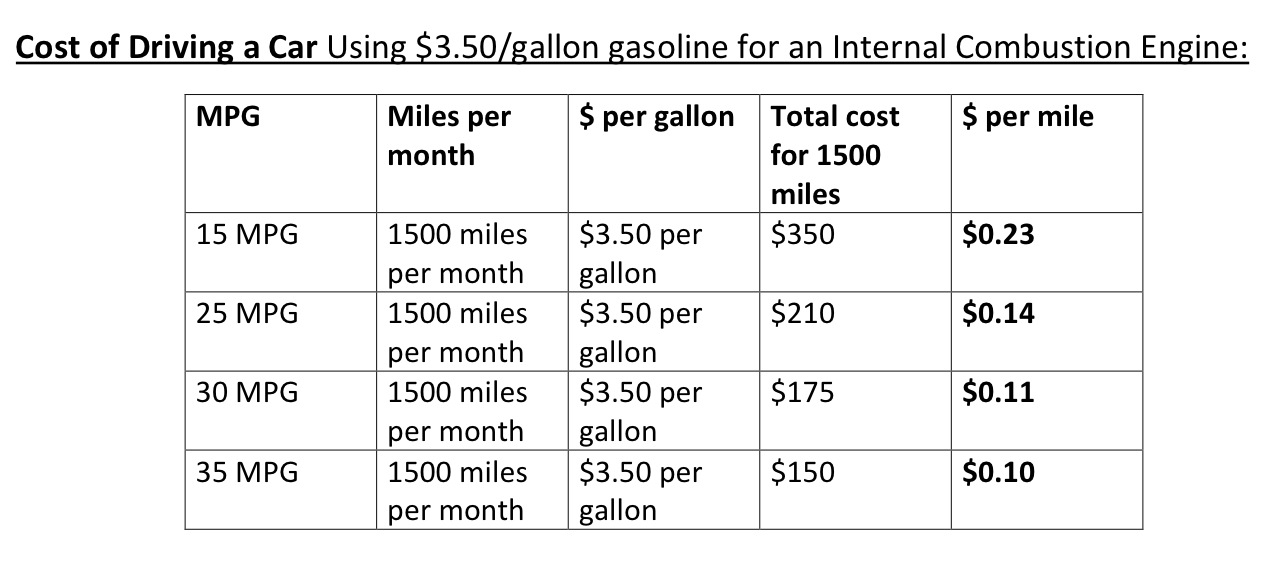
At the end of our “Truck Tires Cost” article, we can easily say that truck tires, on average, cost between $100 and $250 per tire. Some people will opt to save money and go for used tires or tires that cost less than $100 from new, but that is extremely questionable as such tires do carry various compromises when it comes to safety, performance, and longevity.
Higher-end truck tires can cost $500 per tire or even more in some cases which is not the preferred choice for the majority of owners. However, some trucks are simply designed to have high-end tires as you will not be able to enjoy such trucks fully if you equip them with economy tires.
All in all, if you want to know more about wheels and tires, how to pick the right set, and what you get with each, be sure to read our Wheel and Tire Setup Guide: Everything You Should Know article.
Perhaps the biggest breakthrough in the field of convenience and ease of bite correction we have received thanks to mouthguards.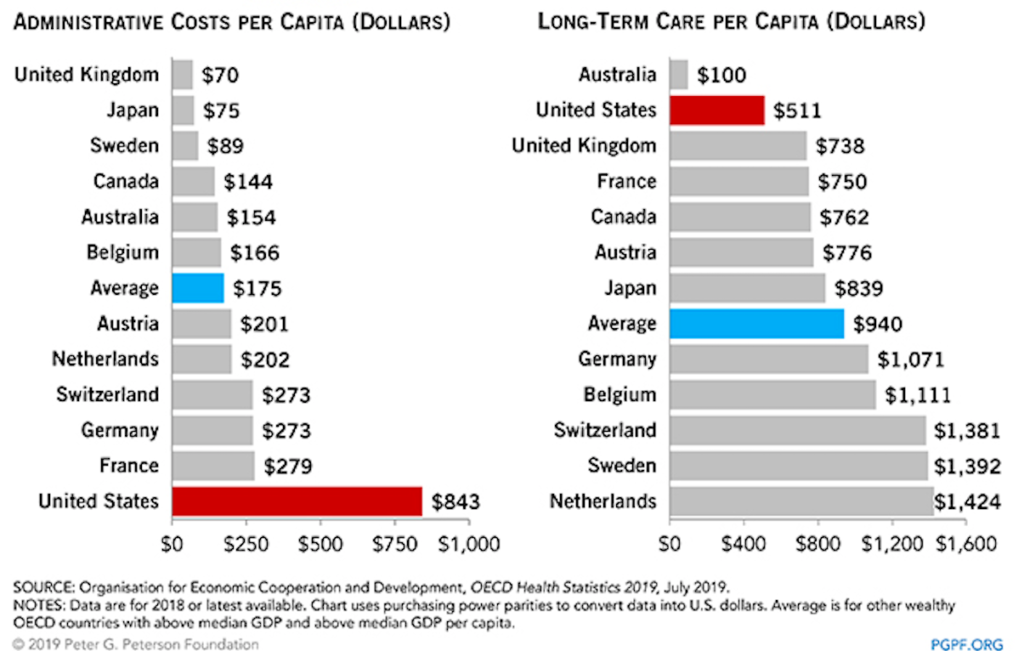
The ability to create mouthguards with programmed pressure on the teeth has been developed thanks to the development of digital modeling technologies. Now, having undergone computed tomography, we see a 3D picture of the position of the teeth and roots. And he can plan the sequence of moving the teeth and implement it in transparent mouth guards that put corrective pressure on the teeth.
Excellent technology, the most comfortable in daily use, discreet and comfortable. Every day we make and hand over to patients new sets of trays and will be happy to draw up a treatment plan for you with an accurate calculation of the number of aligners and the duration of treatment.
Join people with straight and beautiful teeth, sign up for a consultation with us.
Polushin Stanislav Yurievich
Sign up for a consultation
Design the sequence and direction of movement of the dentition system
demonstrate the sequence of movement of the dentition to 3D models
,0002 We produce and the individual capes capacities are made to the 3D printer. material on an individual basis.
material on an individual basis.
Change the mouthguard after 2 weeks and see your teeth move
Sign up for a consultation
Polushin Stanislav
orthodontist
Consultation
3D computed tomography
virtual projection of tooth movement
for one jaw
for both jaws
for treatment for a period of 12-24 months
caps after removal of braces
for continuation of treatment
Sign up for a consultation
st.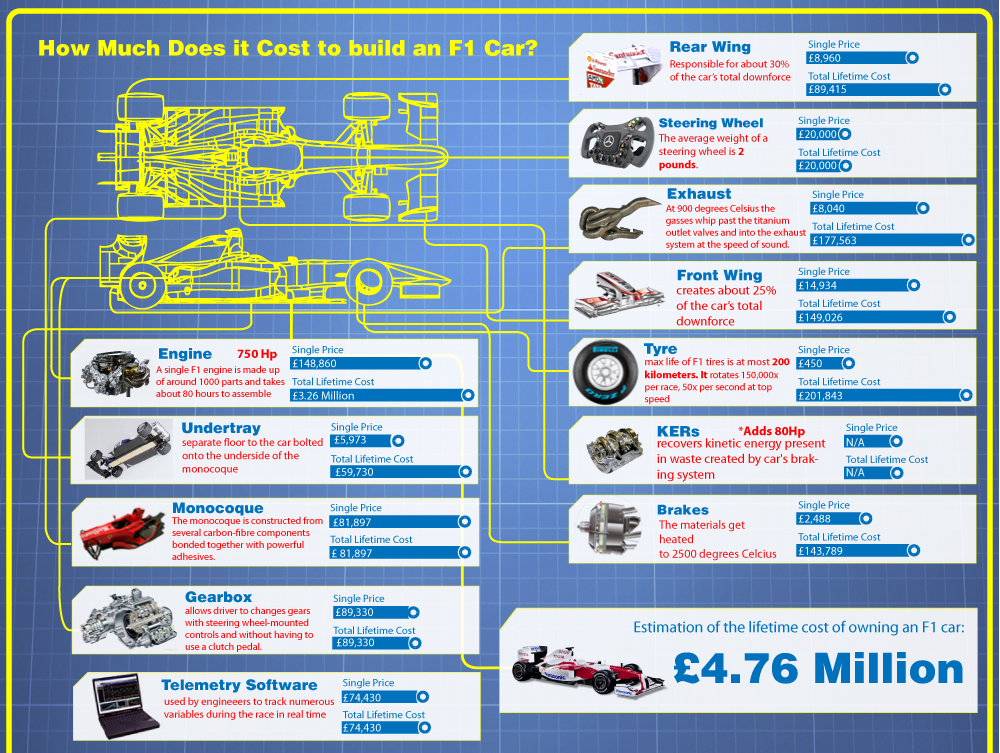 Mira, 53
Mira, 53
contacts
All information provided on the site regarding goods, services and the cost of services is for informational purposes and is not a public offer.
The site is a protected intellectual property. Any copying of the material is prohibited.
By submitting any form on the site, you agree to the privacy policy0006
Thematic applications
Union
Fresh number
Category:
Armyariuri region central Russia
07/01/2016 15:03
Anton Valagin (Kursk)
In the suburbs of Kursk, a monument to the Tactical complex "Point" was opened. A self-propelled launcher on six huge wheels, once a terror to the North Atlantic Alliance, was installed in front of the checkpoint of the missile brigade in which it served.
- This complex has been on combat duty in our brigade for many years, demonstrating high efficiency. After modernization, it was withdrawn from service and has now become a monument, - said Roman Polushin, chief of staff of the unit.
The Tochka monument was erected in honor of the 30th anniversary of the 488th Missile Brigade. The unit was formed on July 1, 1986 in the Group of Soviet Forces in Germany, and seven years later moved to the Kursk region, where it became the main striking force of the 20th Army. The Tochka complexes in service with the brigade were replaced by Tochka-U launchers. Outwardly, they do not differ from their predecessors, but the filling of the combat vehicle: equipment and rocket, are new. As well as opportunities.
The service of rocket men is special. Like firefighters, their main task is to be in constant readiness for combat work, but not to work. Because if complexes like "Points" enter the battle, there will be no one to sign a truce with. Therefore, the 488th brigade fires at the ranges, bringing pieces of missile shells to the unit as trophies.
- In 2011 and 2015, our unit took first place among the missile formations of the Ground Forces. There is nothing to say about district and army competitions, - Polushin smiled.
In the near future, the 488th brigade will be re-equipped with Iskander operational-tactical complexes. Colonel-General Vladimir Zaritsky, Chief of the Missile and Artillery Troops of the Ground Forces, retirees and veterans congratulated the personnel of the brigade on the holiday. On the occasion of the anniversary, the rocket men who were free from the outfit were declared a day off.
Help "RG"
The tactical complex of the divisional level "Tochka" was developed in the Kolomna Design Bureau of Mechanical Engineering, the chief designer of the system is Sergey Nepobedy from Kuryan. The name of the complex speaks of its accuracy. Tochka was put into service in 1989; its rocket can be equipped with a nuclear charge of up to 200 kilotons (80 Hiroshima). The appearance in Russia of such an accurate and powerful weapon caused a panic in NATO.
"Points" were used against Chechen fighters who settled in the village of Komsomolskoye.